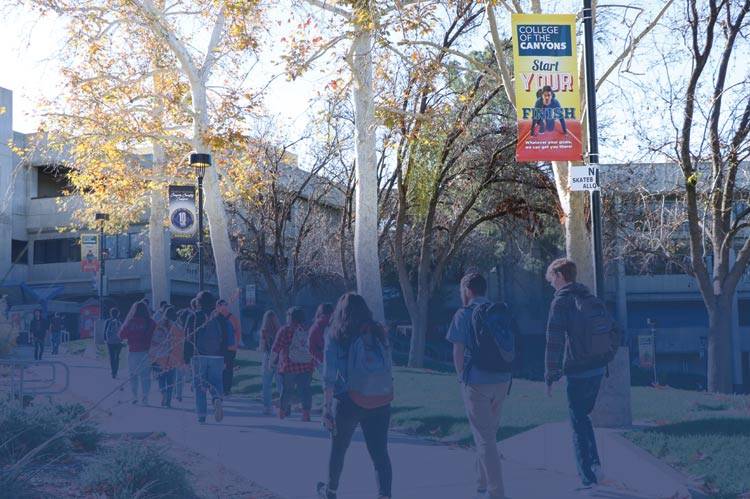Campus Safety Sexual Assault Title IX Legislation
Title IX of the Education Amendments of 1972 prohibits discrimination on the basis of sex in education programs or activities operated by recipients of Federal financial assistance. Sexual harassment of students, which includes acts of sexual violence, is a form of sex discrimination prohibited by Title IX.
Sexual harassment is unwelcome conduct of a sexual nature. It includes unwelcome sexual advances, requests for sexual favors, and other verbal, nonverbal, or physical conduct of a sexual nature. Sexual violence is a form of sexual harassment prohibited by Title IX.
Title IX protects students from sexual harassment in a school’s education programs and activities. This means that Title IX protects students in connection with all the academic, educational, extracurricular, athletic, and other programs of the school, whether those programs take place in a school’s facilities, on a school bus, at a class or training program sponsored by the school at another location, or elsewhere. For example, Title IX protects a student who is sexually assaulted by a fellow student during a school-sponsored field trip.
Schools may have an obligation to respond to student-on-student sexual harassment that initially occurred off school grounds, outside a school’s education program or activity. If a student files a complaint with the school, regardless of where the conduct occurred, the school must process the complaint in accordance with its established procedures. Because students often experience the continuing effects of off-campus sexual harassment in the educational setting, schools should consider the effects of the off-campus conduct when evaluating whether there is a hostile environment on campus. For example, if a student alleges that he or she was sexually assaulted by another student off school grounds, and that upon returning to school he or she was taunted and harassed by other students who are the alleged perpetrator’s friends, the school should take the earlier sexual assault into account in determining whether there is a sexually hostile environment. The school also should take steps to protect a student who was assaulted off campus from further sexual harassment or retaliation from the perpetrator and his or her associates.
U.S. Department of Civil Rights “Dear Colleague Letter”
This document ties Title IX to protection against sexual harassment; requires a Title IX Coordinator; requires the publication of nondiscrimination statements; requires grievance procedures to be published; requires similar education efforts as found in the Clery Act; and requires staff training.

